Let’s talk about how to protect the most endangered plants.
Plants are the most endangered group of organisms on earth today. There are over 390,000 known species of plants. Of those species, some 39.4% are threatened with extinction, with 15% of those threatened plant species considered critically endangered.
While nature is responsible for the majority of the factors contributing to the threat of extinction, the actions of humans have also played a significant role in the species of plants on the verge of extinction.
Plant endangerment causes include habitat destruction by deforestation for agriculture or development; introduction of non-native invasive species; pollution; over-harvesting; natural disasters; and human population growth that stresses biological systems.
On the other hand, industrial activity and the growth of cities have resulted in the extinction of several plant species and threatened many others that are currently listed as endangered.
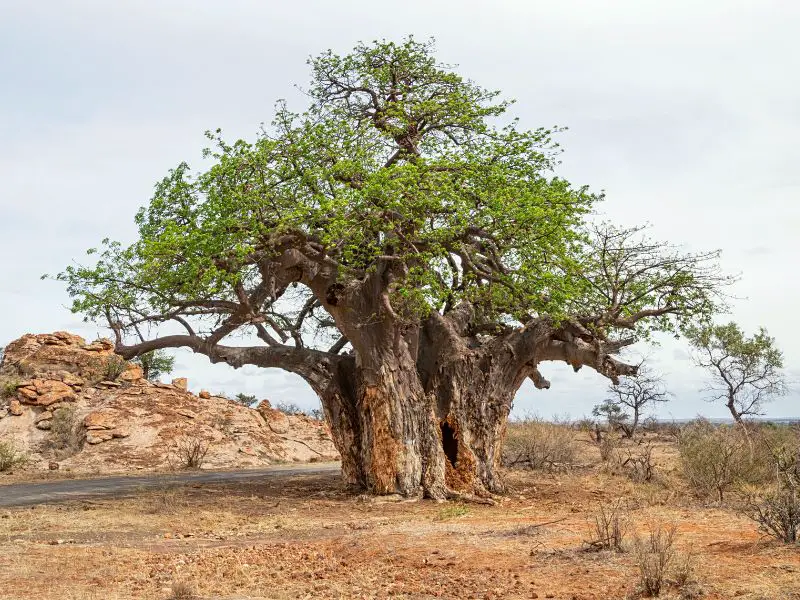
Why Do Plants Go Extinct?
There are multiple reasons why plants are endangered. Here are some of the top reasons why:
- Pests, insects, and diseases are the biggest threat to plant populations worldwide. Invasive pests like the emerald ash borer beetle have devastated populations of ash trees in the US and Canada since being introduced from Asia in wooden packing material in the late 20th century. Other invasive insects include the gypsy moth caterpillar, hemlock woolly adelgid, Dutch elm disease, and Asian longhorned beetle. These pests can damage plants, making them more prone to plant diseases.
- A plant can also die from a disease, which leaves it open to pests and other threats. Many plant diseases are quickly passed from one plant to another in a garden or field because these diseases can travel through the air.
- Poor soil quality is another leading cause of habitat loss and species endangerment. Soil degradation is caused when land is cleared of trees, exposing the topsoil to erosion. Acid rain can further degrade the soil’s condition by removing nutrients such as calcium and magnesium from the soil. This ultimately results in poor plant growth and lower crop yields. These threats make it harder for plants to recover, putting them at risk of extinction.
- Besides these individual initiatives, we must increase our understanding of the causes and consequences of habitat loss. And so that we can make educated decisions, we must have a deeper understanding of local and global events and hold our leaders accountable for their actions.
If we put extra effort into combating these reasons, regardless of how large or how small they may be, each of us can contribute to protecting our planet for the sake of future generations.
Endangered Plant Species Around the World
With over 300,000 plant species worldwide, many of which are endangered, it’s more important than ever to preserve and protect these precious plants. Losing plant species can devastate the planet, from destroying ecosystems and damaging local wildlife to disrupting the food chain and causing severe economic harm. With so much at stake, it’s up to everyone to play an active role in conserving these endangered plant species.
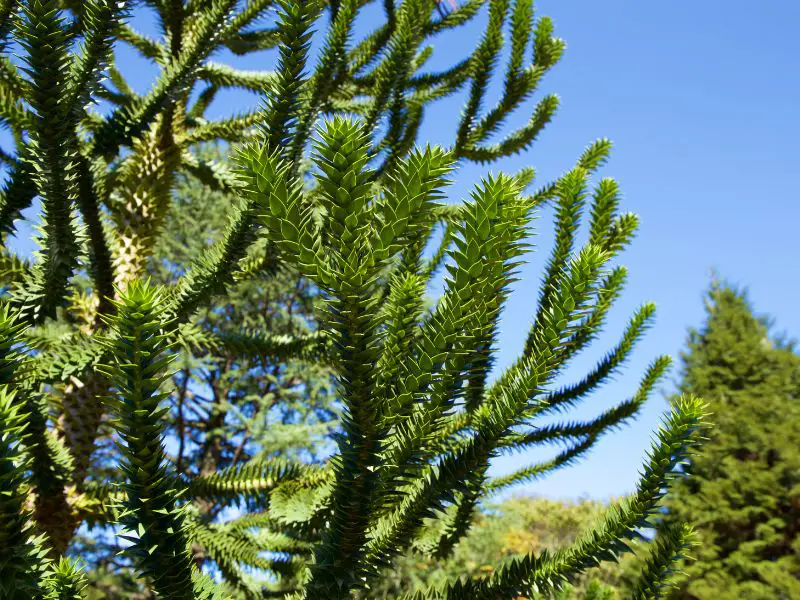
List Most Endangered Plants in the World
1. Baobab Tree
This tree is a unique source of life. While it only sprouts leaves for three months of the year, its thick and twisted stem can store water. To withstand the dry seasons, the people in Madagascar and India would frequently build their homes on top of Baobab roots. Climate change and urban sprawl are damaging its native habitat, putting this impressive tree species at risk.
2. Monkey Puzzle Tree
Chile’s national tree is on the endangered species list. Industrialization and the destruction of its natural environment have impeded its wild growth. The wood of the monkey puzzle tree is highly prized as a material for fine furniture and ornaments. However, it has been over-harvested over the years and is in danger of going extinct in the wild.
3. Dragon Tree
Dragon trees are one of the most endangered species in the world. Native to Cape Verde, Morocco, and Portugal, dragon trees are in danger of extinction due to the destruction of their habitat. Dragon trees take over 30 years to reach full maturity and are deemed endangered due to deforestation.
Dragon trees can grow for thousands of years. They can grow as high as 50 feet tall. As old as they can survive, climate change and overdevelopment are the leading cause of their endangerment. Today, they are on the brink of extinction.

4. Cork
Cork is harvested from the cork oak tree, which is native to the Mediterranean region. The tree’s bark is gathered in a process known as “corking.” Each year, about 15 million trees are harvested to produce cork. Cork demand is increasing yearly, leading to deforestation and forest degradation in Mediterranean countries. This endangers the natural habitat of the cork oak tree and threatens its survival.
5. Venus Fly Trap
The Venus fly trap is an insect-eating plant native to North America and critically endangered in the wild. These plants have a trap that snaps shut when an insect or animal comes near them. They are highly prized in the horticultural industry and are endangered due to habitat loss and collection for the horticultural trade. Given that it has no value as a commodity and will never be more than a novelty, no effort is spent to preserve it.
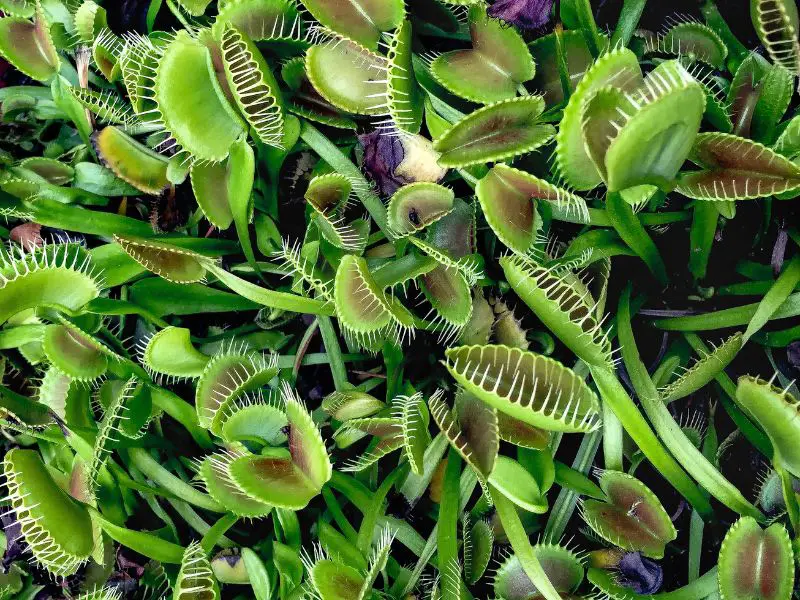
6. Green Pitcher Plant
The Green Pitcher Plant is a perennial plant native to South America. It grows in moist forests and open scrubland. The plant has a 20-25cm long tube at one end lid that forms a funnel shape. The plant uses this lid to protect itself from invaders such as insects, scorpions, and snakes. The pitcher contains a liquid that is good for digesting insects. Overdevelopment is the primary reason for their extinction as they grow in groves and do not perform well as solitary plants.
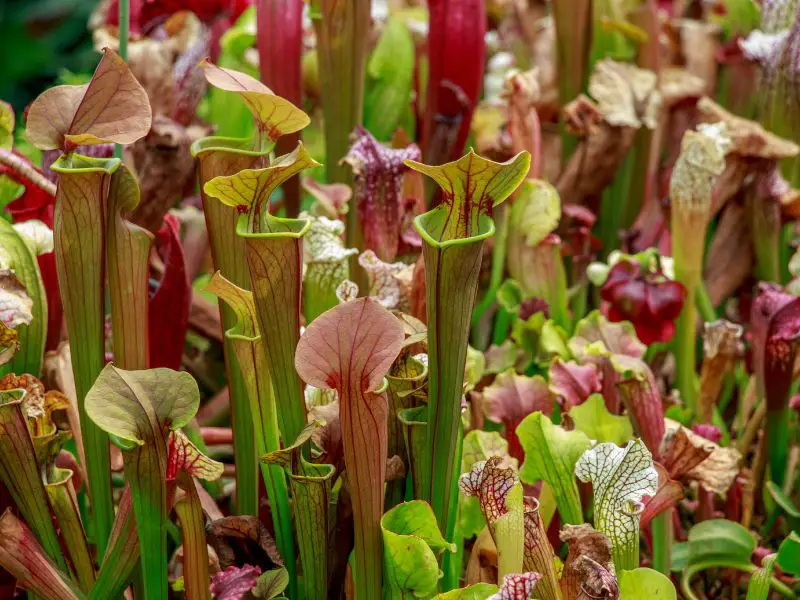
7. Rafflesia
Rafflesia is the largest flower on earth. A single flower can grow up to 1 meter in diameter and weigh up to 5 kilograms. These beautiful plants can be found throughout Southeast Asia in Malaysia, Indonesia, Brunei, Vietnam, Thailand, and the Philippines. However, some countries, such as the Philippines, can grow only in a few areas, and other countries, such as Malaysia, have seen a drastic decrease in their population since 1985. The cause of this decrease is the destruction of their natural habitat, poaching, and collecting, which leads to its endangerment.
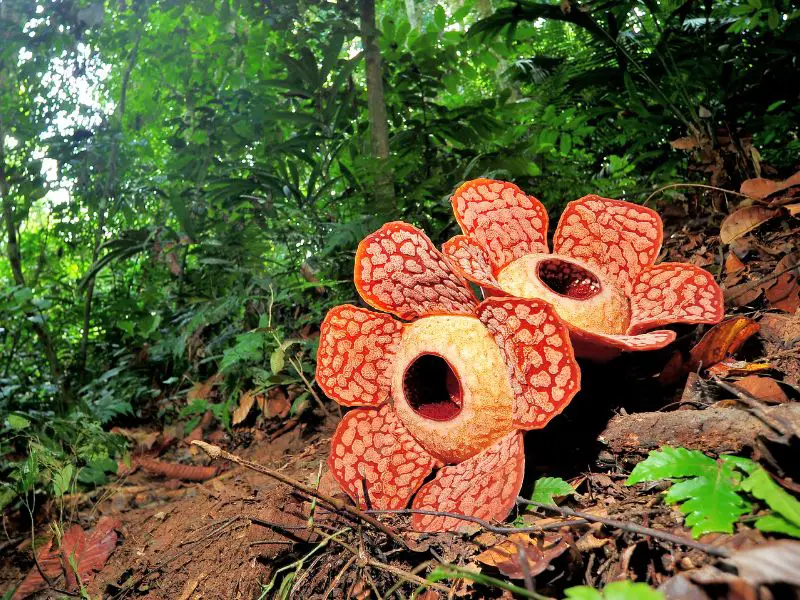
8. Black Bat-Flower
The black Bat Flower is exceptionally scarce in the wild and is challenging to cultivate. It, too, is a deadly plant, yet its flower elixir has excellent detoxifying properties, dissolving dread, fear, concern, and emotional debris. Its flowers are enormous, reaching about a foot in diameter. A whisker-like froth reaching the ground encircles the velvety petals.
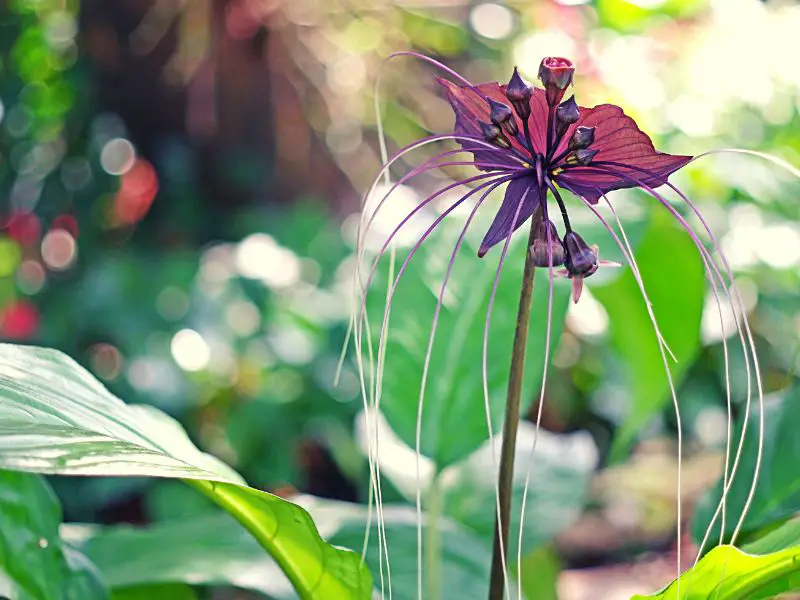
9. Golden Barrel Cactus
The golden barrel cactus, which also goes by the name “mother-in-law-cushion has been known to live for more than a century. It is also a common plant that thrives in warm regions despite its resistance to drought. Sadly, its habitat has been destroyed due to land development and excessive grazing. Today, this plant is now considered endangered.
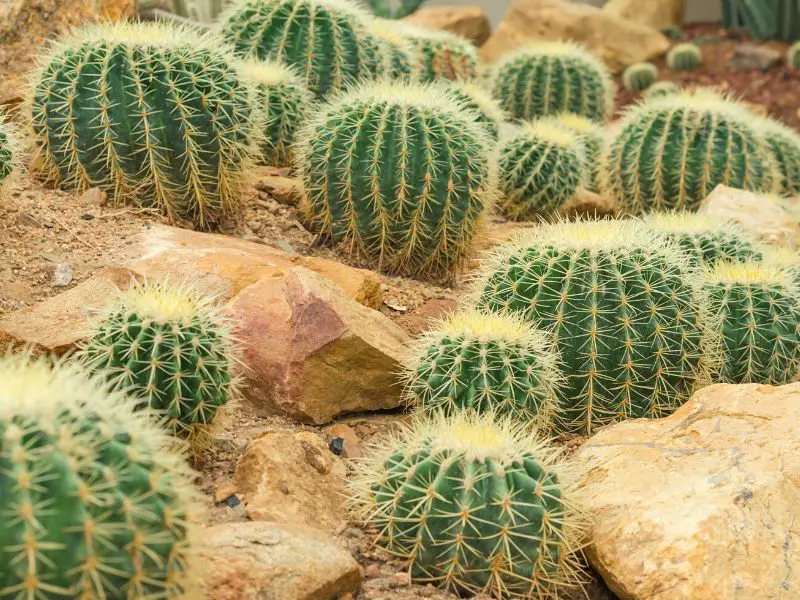
10. Vaseline
Vaseline is an attractive climbing plant with pink flowers resembling little bells that bloom in late summer and early autumn. Vaseline is found on wooded slopes and edges, in open forests, and beside streams. It enjoys damp soil but may even thrive in arid conditions.
The plant thrives in direct sunlight and can be grown by seed or cuttings. Importantly, deer adore vaseline. Therefore, gardeners must take precautions to safeguard seedlings from these animals. Currently, this plant is considered endangered due primarily to the destruction of its natural habitat by logging and urban development.
Author’s Note
Human activity has harmed the ecosystem in many parts of the world, especially in developing nations where development has outpaced the protection of natural resources and the environment. Therefore, these rare plants and animals risk extinction unless steps are taken to save them from extinction. By preserving their habitats and promoting sustainable management of natural resources and the environment, we can help these plants thrive again for future generations to witness their glory.
You’ll Enjoy This Eco-Advice About Plants: Best Way to Grow Herbs Indoors, Essential Guide To Botanical Perfumes, Eco Mist Hardwood Cleaner


5 thoughts on “The 10 Most Endangered Plants in the World”